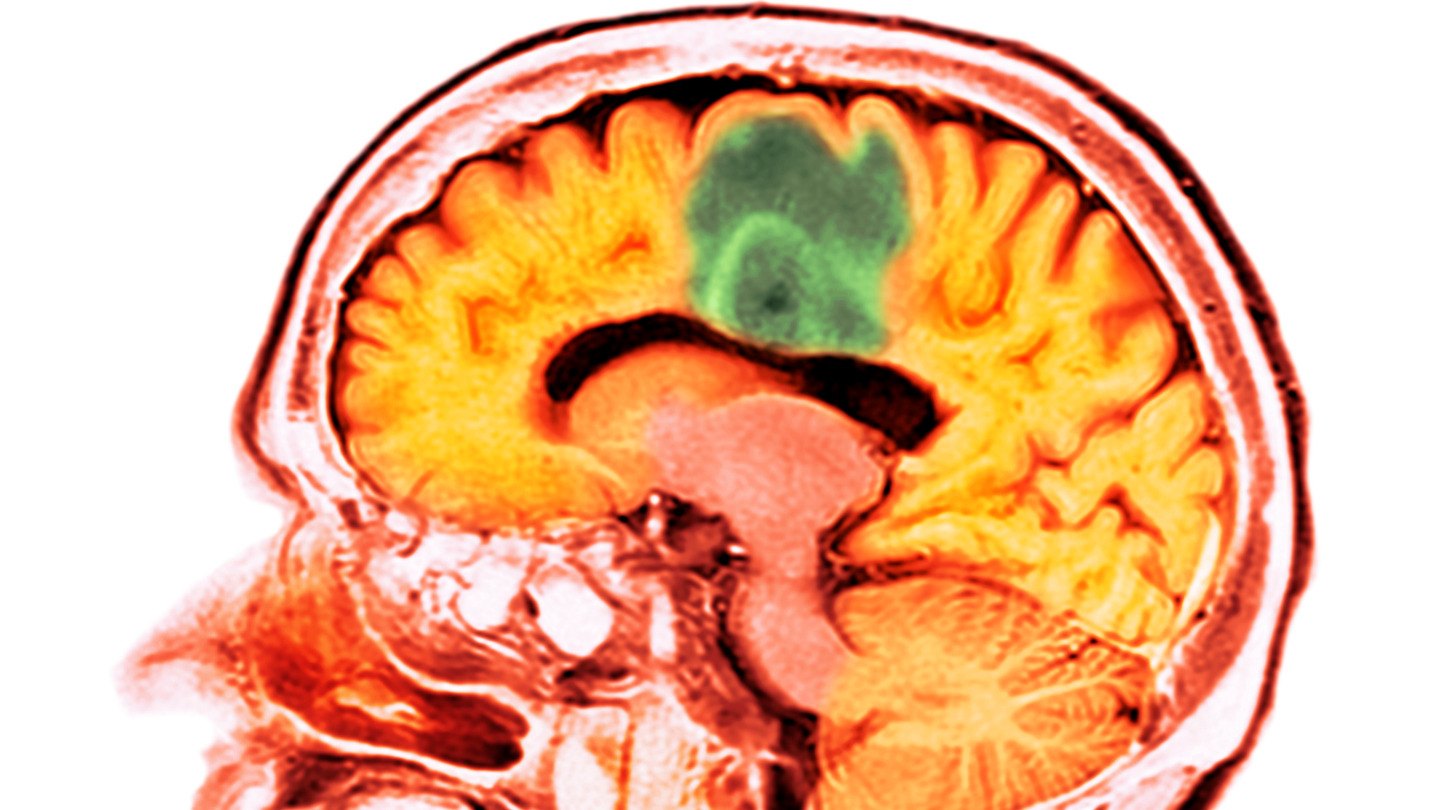The brain’s protective shield may be the key to unlocking brain cancer treatment.
The blood-brain barrier, which consists of almost impenetrable cells, provides protection for the brain from harmful invaders but is a hindrance for many medications that need to reach the brain. But now, by temporarily opening the blood-brain barrier with ultrasound and microbubbles, scientists can get a powerful chemotherapy drug into the human brain. An early-stage clinical trial reported in the Lancet Oncology suggests this method could lead to new treatments for people with brain cancer, particularly glioblastoma, a common and aggressive type of brain tumor with no established treatment for when the tumor returns.
The exploratory method using ultrasound has already succeeded at briefly opening the blood-brain barrier in humans in previous research. First, a person receives an intravenous injection of a fluid filled with microscopic bubbles, which shake the microbubbles amply in the targeted brain area. Then, ultrasound waves pry open the densely packed blood vessel walls, which usually prevent medications from entering the brain. Finally, a 30-minute intravenous infusion of paclitaxel, a potent drug used to treat lung, breast, and other cancers, follows.
The early clinical trial reported up to the maximum tested dose of 260 milligrams per square meter, the dose approved by the FDA for breast cancer, the paclitaxel and the delivery method were well tolerated. Though some patients experienced temporary side effects such as headaches and confusion. In brain tissue exposed to ultrasound, researchers found almost four times as much paclitaxel compared with tissue outside of the exposed range. MRI scans and a special dye revealed that the blood-brain barrier mostly closed back within 60 minutes.
This early-stage clinical trial provides significant promise for developing treatments for glioblastoma patients, whose life expectations average only a little over a year. Pediatric radiation oncologist Cheng-Chia Wu from the Columbia University Irving Medical Center remarks that this treatment offers a glimmer of hope and could potentially be used to treat other types of brain tumors. However, further testing is needed before the treatment is approved for use.
Denial of responsibility! TechCodex is an automatic aggregator of the all world’s media. In each content, the hyperlink to the primary source is specified. All trademarks belong to their rightful owners, and all materials to their authors. For any complaint, please reach us at – [email protected]. We will take necessory action within 24 hours.

Jessica Irvine is a tech enthusiast specializing in gadgets. From smart home devices to cutting-edge electronics, Jessica explores the world of consumer tech, offering readers comprehensive reviews, hands-on experiences, and expert insights into the coolest and most innovative gadgets on the market.


